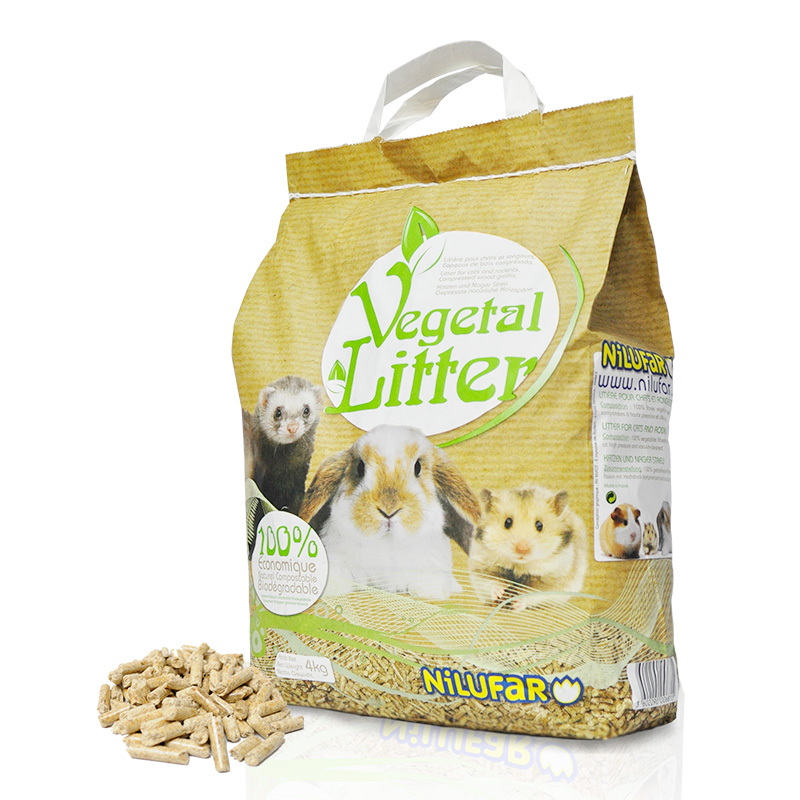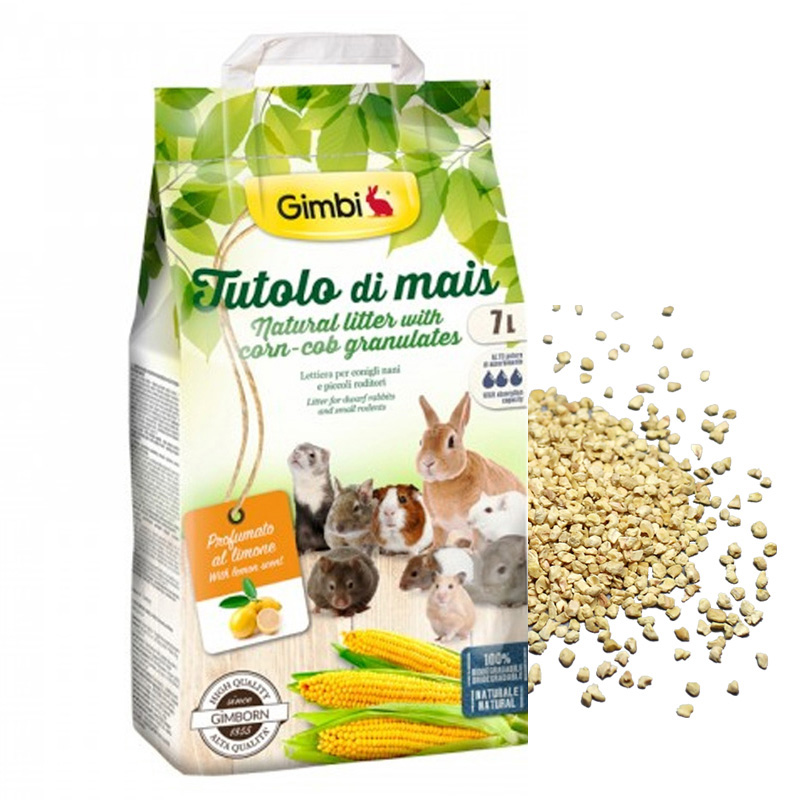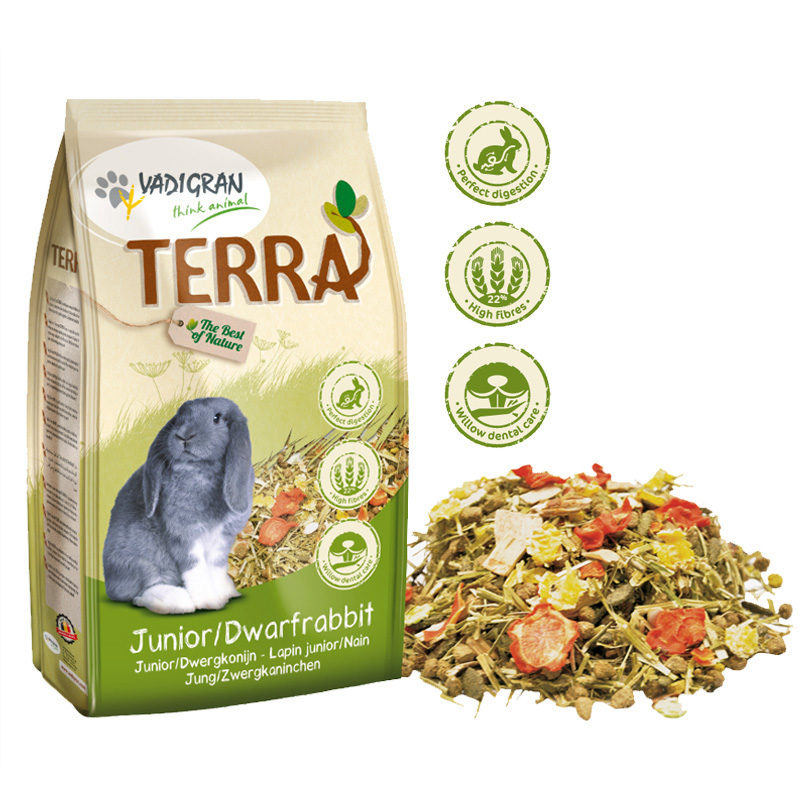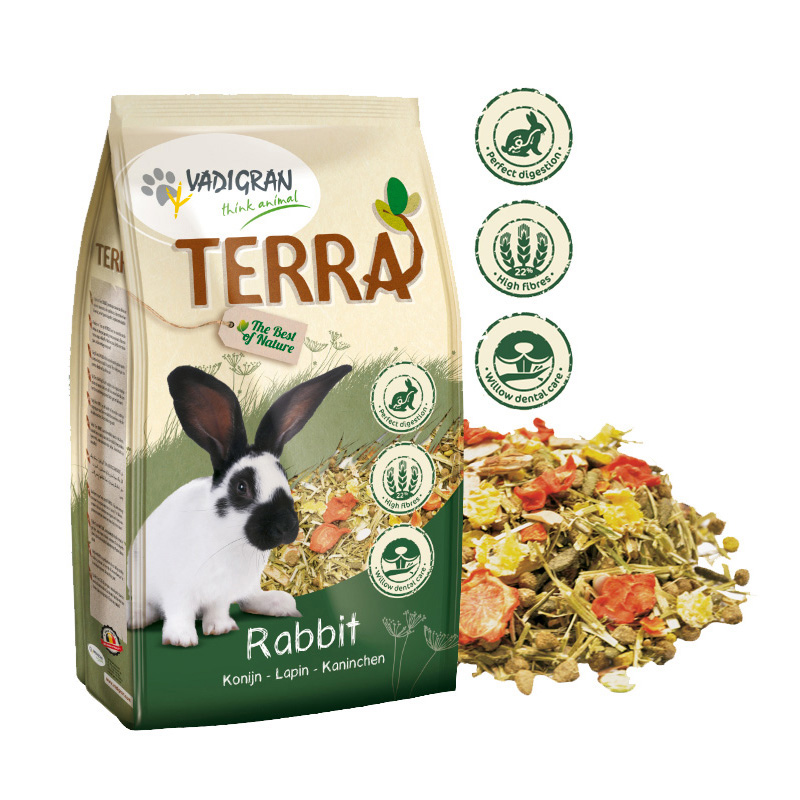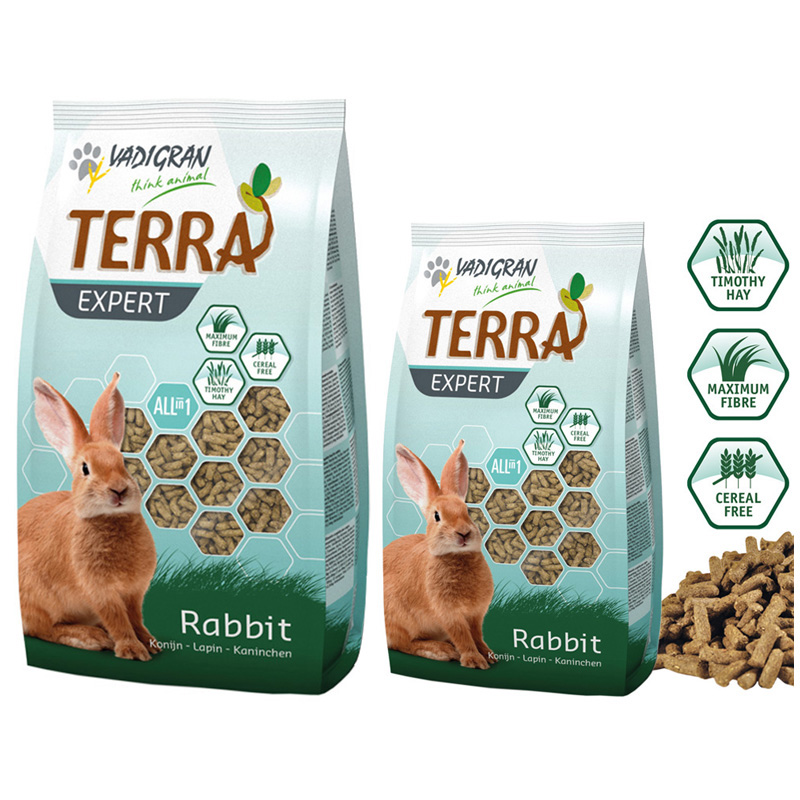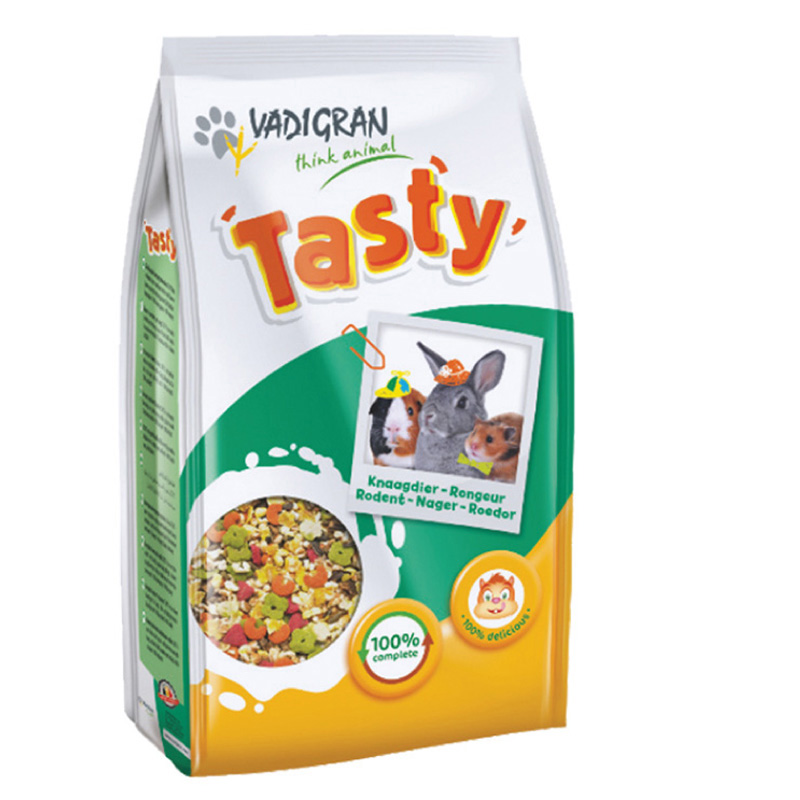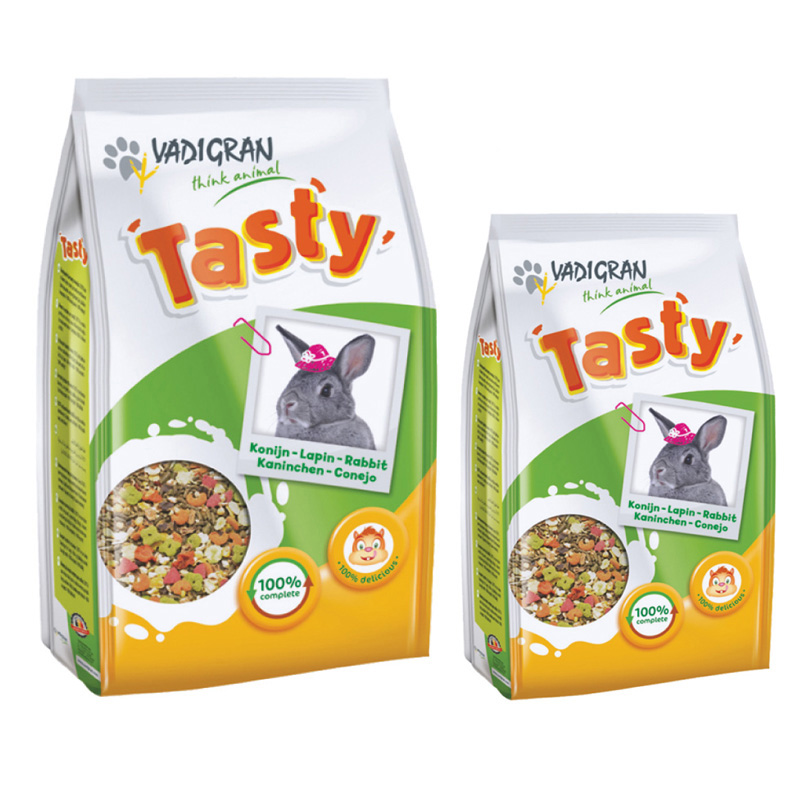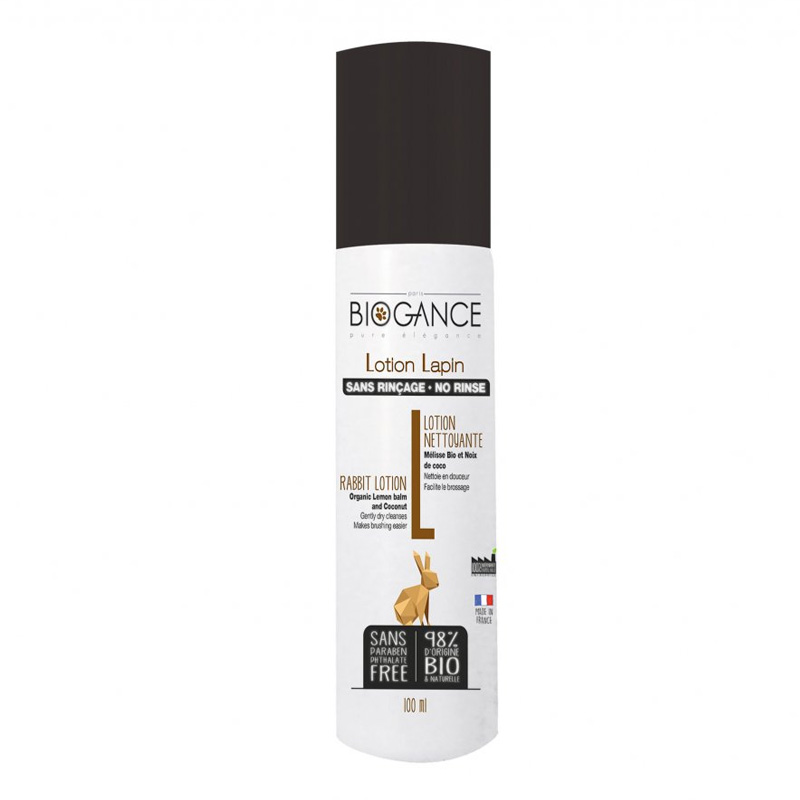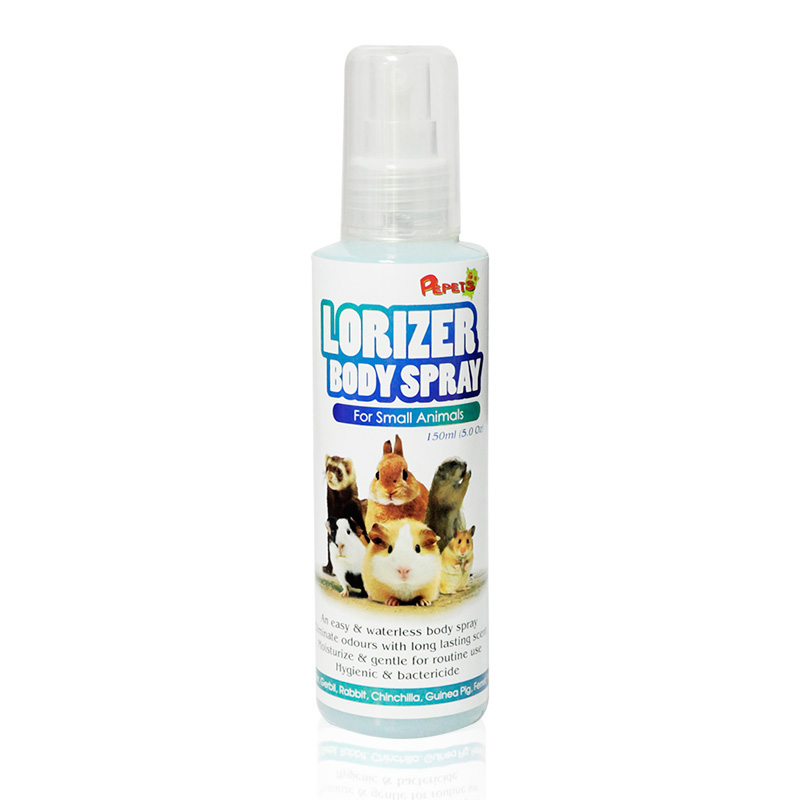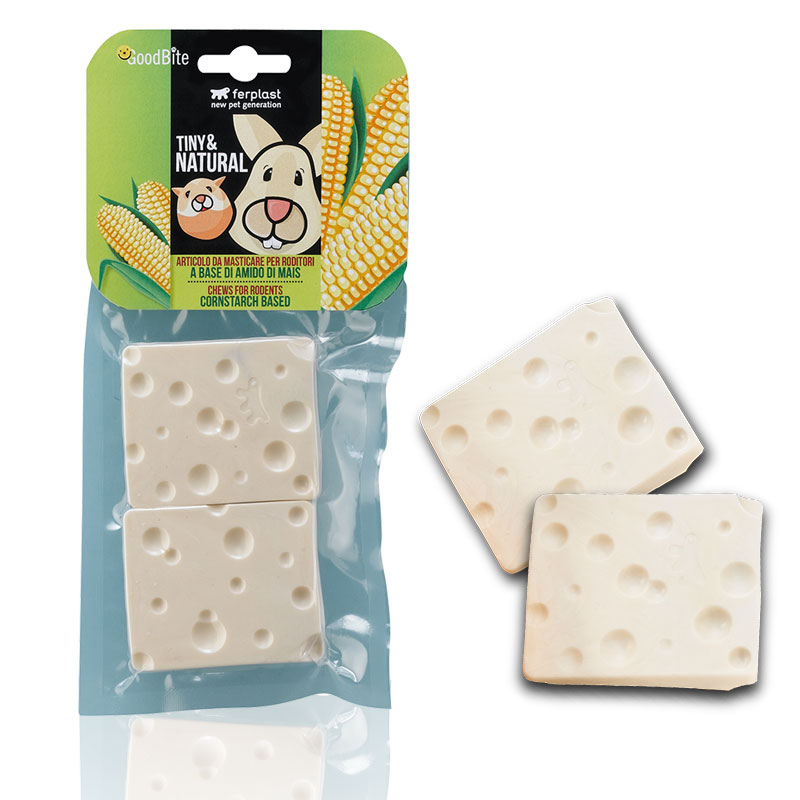Beginner Care Guide of Rabbit
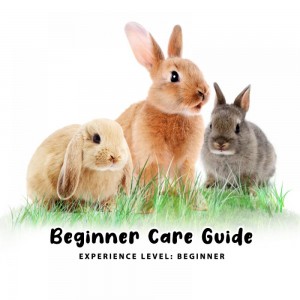
Common Name: Rabbit
Scientific Name: Orytolagus cuniculus
Average Size: Varies with breeds
Life Span: Up to 5 years with proper care
Origin: Angora, Mini Rex, Dwarf Hotot, Holland Lop, Netherland Dwarf, Dutch Lion Head and etc.
Introduction:
Rabbit have a pair of long ears, a short tail and large, powerful hind legs. Rabbit are herbivorous and they feed only vegetables. They are skittish rodents which having large incisor teeth that are continually growing. Therefore, it is essential to offer them gnawing sticks in order to prevent the teeth from overgrowing. There are many species of rabbit which come into a variety of colours, size, fur types and ear types.
TRAITS & BEHAVIOR
Herbivore:
Rabbit are herbivores who graze on grass and leafty vegetation.
Coprophagic:
Rabbit will immediately reingest the first production of soft feces to redigest their food further and thus produce hard and dry pellets.
Handling:
Never pick up rabbit with ears. Gently lift your rabbit with one hand under its belly and the other hand holding the back of its rump.
Sociable:
They are highly sociable animals. They need plenty of attention from owner if housed alone. Rabbits make different sounds as form of communication, socialization or when they feel threatening or upset.
ENVIRONMENT
Housing:
A large and well-ventilated living area is needed to ensure overall health and well-being of rabbits. The cage should be at least 4-5 times size of your rabbit at adult stage.
Cage placement:
Keep the cage in a shaded and dry area away from direct sunlight. Avoid busy hallways as rabbit skittish.
Bedding:
The floor of their housing should be covered with a layered of bedding materials such as hays,Nilufar Vegetal Litter, Gimborn Corn Litter, untreated paper product, aspern or other hardwood shaving.
Hiding:
Rabbits are skittish. Provide them hiding place like nest box or hutch to hide an ride.
Litter pan:
Located a litter pan which suite your pets size at the corner of the cage and train them to urinate and relieve in it. Please to clean the litter pan everyday but thoroughly rinse with hot water and soap water.
Accessories:
Rabbit love to jump and run through tunnels in-and-out of hiding box. Therefore, it is vital to provide them toys like large tubes or loops and boxes by keeping them stimulated. Other accessories needed are hay rack, drinker, ceramic dish bowl and wooden chew block for gnawing.
NUTRITION
Staple Diet:
Provide quality fortified diet like Vadigran Terra or Vadigran Tasty Rabbit to meet their daily nutritional needs.
Hays:
Hays are vital for rodents to promote healthy digestive system. Ample supply of Pepets Timothy Hay is strongly recommended. Pepets Alfalfa Hay is a better option for pregnant mother and growing babies.

Fruit and Vegetables:
Offer appropriate fresh fruits and vegetable like carrot, broccoli is best for rabbit.
Treats:
Treats can be offered occasionally to enhance their appetite as well as to prevent boredom and stress.
Water:
Make sure fresh water is available all the times.
HEALTH
Sign of Healthy:
- Clean and bright eyes
- Silky coat with supple skin
- Active and stay alert
- Well formed dropping
- Eat and drink normally
Sign of Illness:
- Weight loss or loss of appetite
- Overgrowth front teeth
- Lethargic behaviour
- Dull coat or bare patches
- Diarrhea
IMPORTANCE
1. Thoroughly clean the housing and change the bedding at least once a week or once it soiled.
2. Discard any uneaten fruit & vegetable after 4 hours.
3. Spray pet’s coat with Biogance Dry Clean Lotion for Rabbit, Pepets Lorizer or Waterless Skin Care Shampoo as needed for healthy skin and coat.
4. Gnawing woods Ferplast Goodbite Tiny & Natural for Rodents are a must to keep their front teeth trimmed.
5. Provide them a ceramic food bowl or bowls that are heavy enough to prevent rabbit from tip it up.

